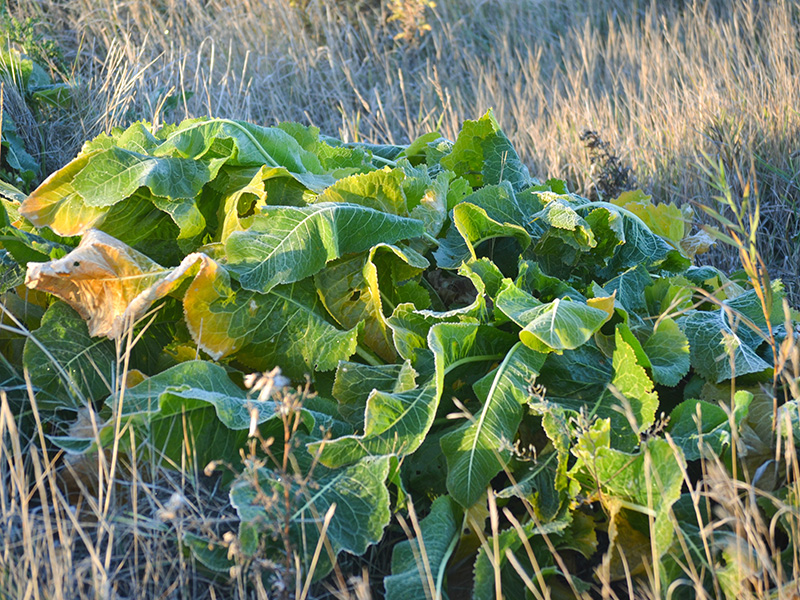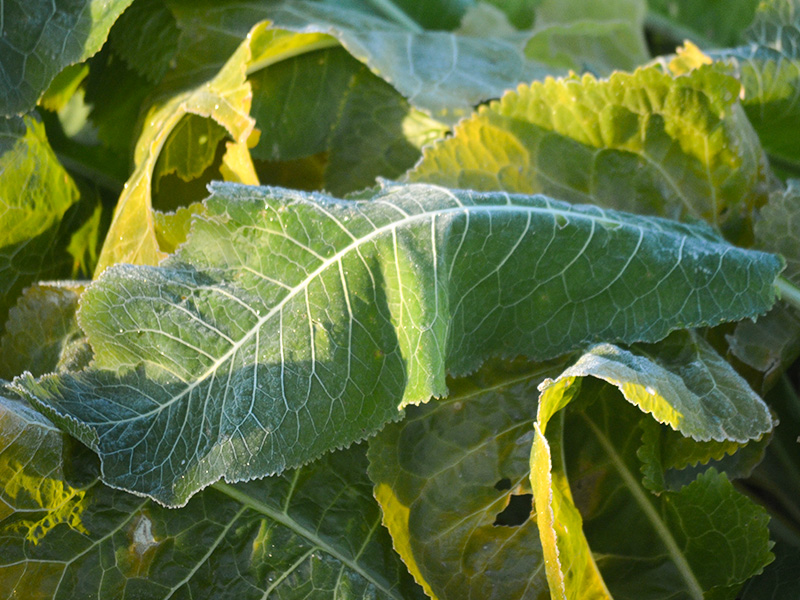
Perennials > Amorica > Amorica rusticana > Amorica rusticana
Amorica rusticana
Horseradish, Red Cole
Origin: Southern Russia, Balkans.
| Family |
| Brassicaceae |
| Genus |
| Amorica |
| Species |
| rusticana |
| Category |
| Perennials |
| Synonyms |
| Cochlearia armoracia |
| USDA Hardiness Zone |
| 2 - 9 |
| RHS Hardiness Zone |
| H7 |
| Height |
| 60 cm |
| Spread |
| 60 cm |
Photographs
Description and Growing Information
Flowering Period
| Landscape |
| Garden planting and herb gardens. |
| Cultivation |
| Full sun and partial-shade. Moist, well-drained, sandy, loam and clay soils. Prefers acid, neutral and alkaline soils. Urban pollution tolerant. |
| Shape |
| Upright and spreading. |
| Growth |
| Fast |
| ID Characteristic |
| Spreading and invasive. |
| Pests |
| Cabbageworms and caterpillars. |
| Habitat |
| Arable land, waste ground, streams and woodland. |
| Leaf Description |
| Large, narrow and lettuce-like. |
| Flower Description |
| Showy spikes. That rise above the foliage in early summer. |
| Colour Description |
| The leaves are green with white edges. The flowers are white with yellow eyes. |
| Propagation |
| Division and seed. Should be cut back in autumn in preparation of winter. |
| Ethnobotanical Uses (Disclaimer) |
| In folklore, horseradish was used to treat urinary tract infections and respiratory congestion. It has stimulant and diuretic effects. Commonly used as a condiment on meat. The roots are used to make sauces and seasonings. |

